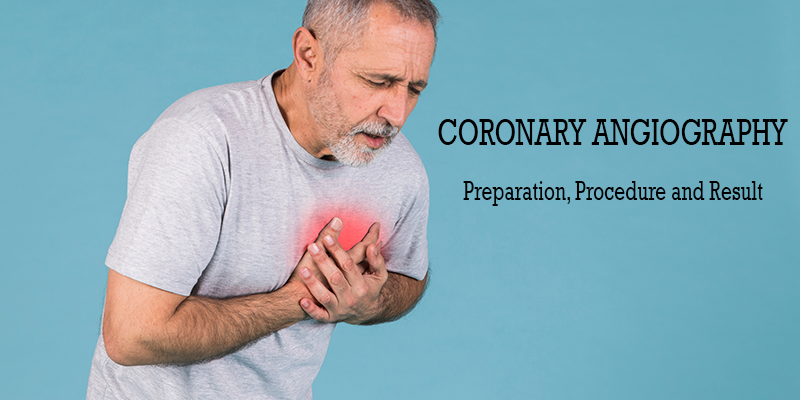
Coronary angiography is the process to check whether the coronary artery of an individual is blocked or not. If any person suffers from unstable angina or unexplained chest pain, doctors may suggest for coronary angiography to detect the cause of the symptom.
In angiography, a contrast dye is injected into the coronary arteries via a catheter. The doctors will check the blood flow through the heart with the help of an X-ray display. Dr. Benny Jose gives brief information on preparation, procedure, and coronary angiography treatment in Pune.
How to get prepared for Coronary Angiography:
Depending on the patient’s symptoms, angiography can be done on an emergency basis or planned. If a patient presents with recent worsening of chest pain, it usually indicates an unstable syndrome, and emergency angiography may be required. If the symptoms are gradual in onset over months to years, this may indicate a more stable syndrome, and the evaluation may be planned. Doctors will advise the patients to follow some rules to get prepared for a scheduled, non-emergent angiography.
- Patients are advised not to eat or drink overnight before the angiogram testing.
- Patients need to carry medicines with them and ask doctors about the usual morning medications.
- Diabetic patients, who take insulin daily, need to confirm whether they can take the insulin before the angiography or not.
- It would help if you asked someone to stay with you after your angiography because you may feel dizzy.
Procedures of Coronary Angiography:
Before a person undergoes a coronary angiography, he is explained about the process. The patient is made to lie on a table. The X-ray camera, known as C-arm, is a mobile camera system that keeps changing its position to get a three-dimensional idea about diseases in the vessels.
Doctors will disinfect the areas through which the catheter will penetrate and make a tiny cut on the skin to insert the catheter. Dr. Benny Jose performs all his procedures through the right radial route (right wrist), as this approach is the gold standard for patient comfort!
Once the x-ray takes the images, doctors will remove the catheter and apply steady pressure in that area to ensure that there is no internal bleeding.
Results:
Coronary angiography will show whether your heart has any blockage or not. Many times doctors will conduct angioplasty if they find a blockage in the artery. For the sake of the patient’s comfort, it is desirable to perform both angiography and angioplasty at the same time to avoid the discomfort of being pricked by the needle twice at the same spot.
About Dr. Benny Jose :
Dr. Benny Jose has a cumulative of 13 years of experience in treating cardiac ailments. He has gained the majority of his experience by working as a senior faculty in Asia’s largest cardiology institute, the U. N. Mehta Institute of Cardiology and Research Centre (affiliated to B. J. Medical College, Ahmedabad, Gujarat). With an experience of over 5000 interventional and triple that of diagnostic coronary procedures, his interventional skills are beyond question. The Interventional services that he extends include complex coronary interventions, including but not limited to the use of ancillary cutting edge technologies like Rotablation, Intravascular ultrasound, and optical coherence tomography assisted coronary interventions.
Beyond coronary interventions, he also routinely performs peripheral vascular interventions like that for occluded blood vessels of the limbs, aortic interventions, and carotid interventions.







